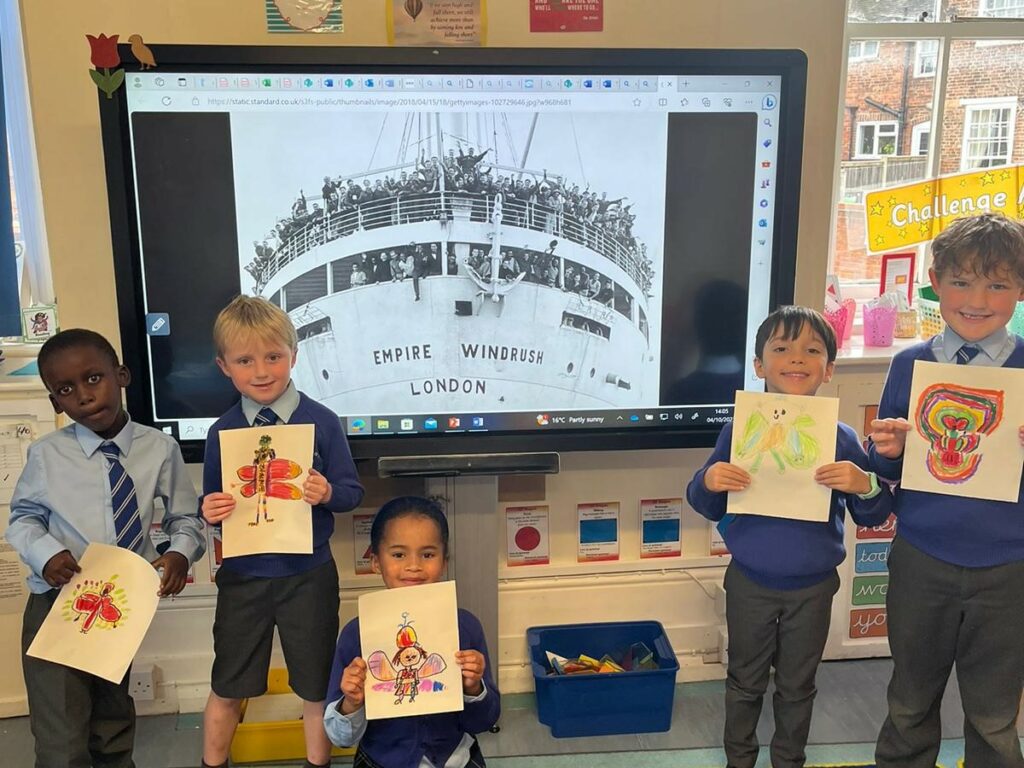Black History Month is celebrated and taught in schools across the globe, but many question why is it needed? People from African and Caribbean communities have had a significant role in British culture and a part of British history for many decades. However, many campaigners believe that their contribution to society has been overlooked. Most schools, still teach a history curriculum that is focused on traditional events and the achievements of white figures.
Black History Month dates back to 1926 and Carter G Woodson. It is now celebrated in many schools across the world. People celebrate it in a variety of ways, looking at key achievements of significant people, reading literature, and celebrating different cultures. Here at St Wystan’s, we celebrate diversity and individuality on a daily basis, we have a broad curriculum that covers a range of cultures, communities and histories. When it comes to Black History Month, we celebrate it in the first week in October. The whole School learns about the importance of Black History Month and why it is celebrated and talked about throughout the World.
Each class then learns about a significant black person in history. Starting with our youngest pupils learning about the achievements of sporting icons Mo Farah and Serena Williams. They learn about their achievements, successes, struggles and how they became role models. As the children get older, they start to learn about different cultures and where these cultures originated. Form 2 learn about Windrush and how people settled into Britain and the struggles they faced. These struggles however led to a great sense of community and a new culture being introduced to the country. Our oldest pupils, learn about the story behind the movie “Hidden Figures”. Looking at the achievements of those who were not spoken about, and their contributions ignored.
Whilst we enjoy celebrating Black History Month, we understand the importance of this year round and incorporate this into everyday life at St Wystan’s. We are always reflecting and striving to teach history from everyone’s perspective.





